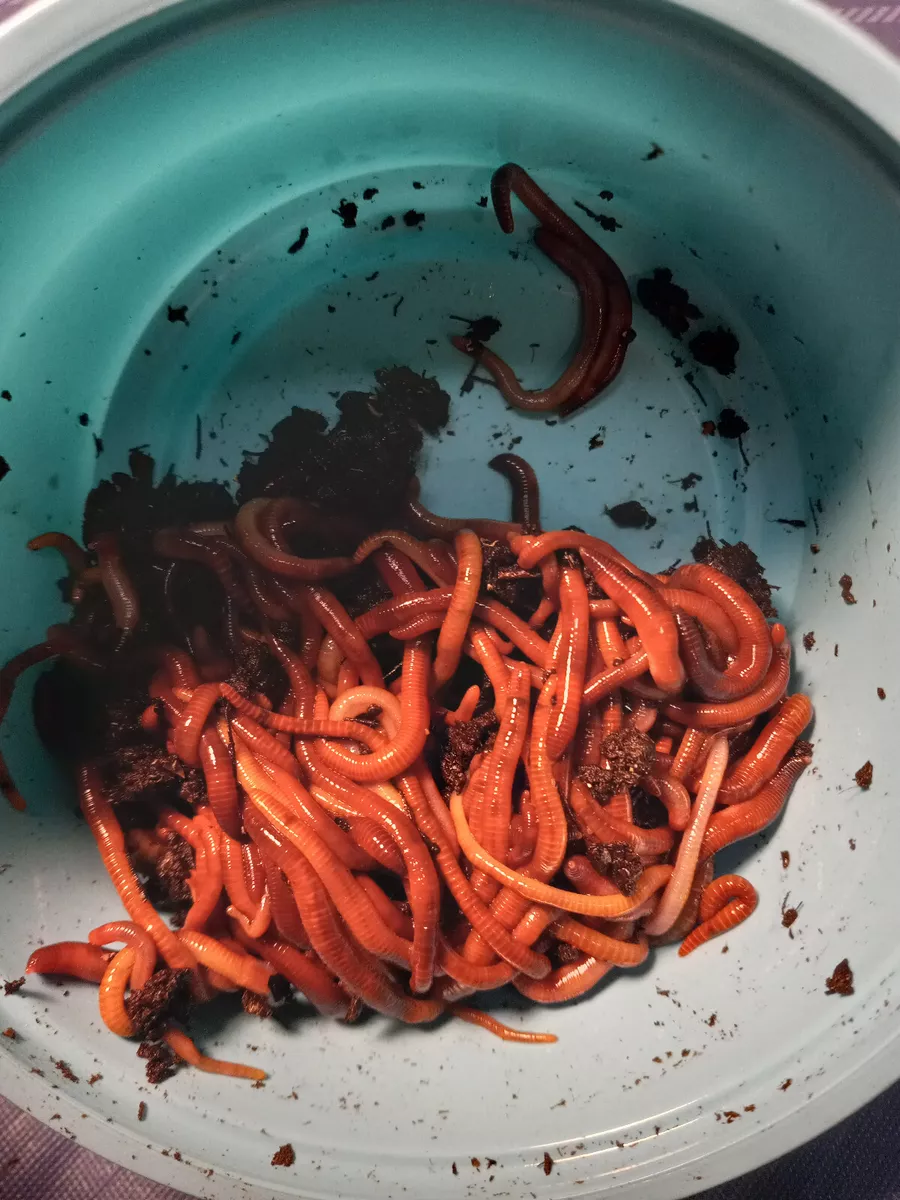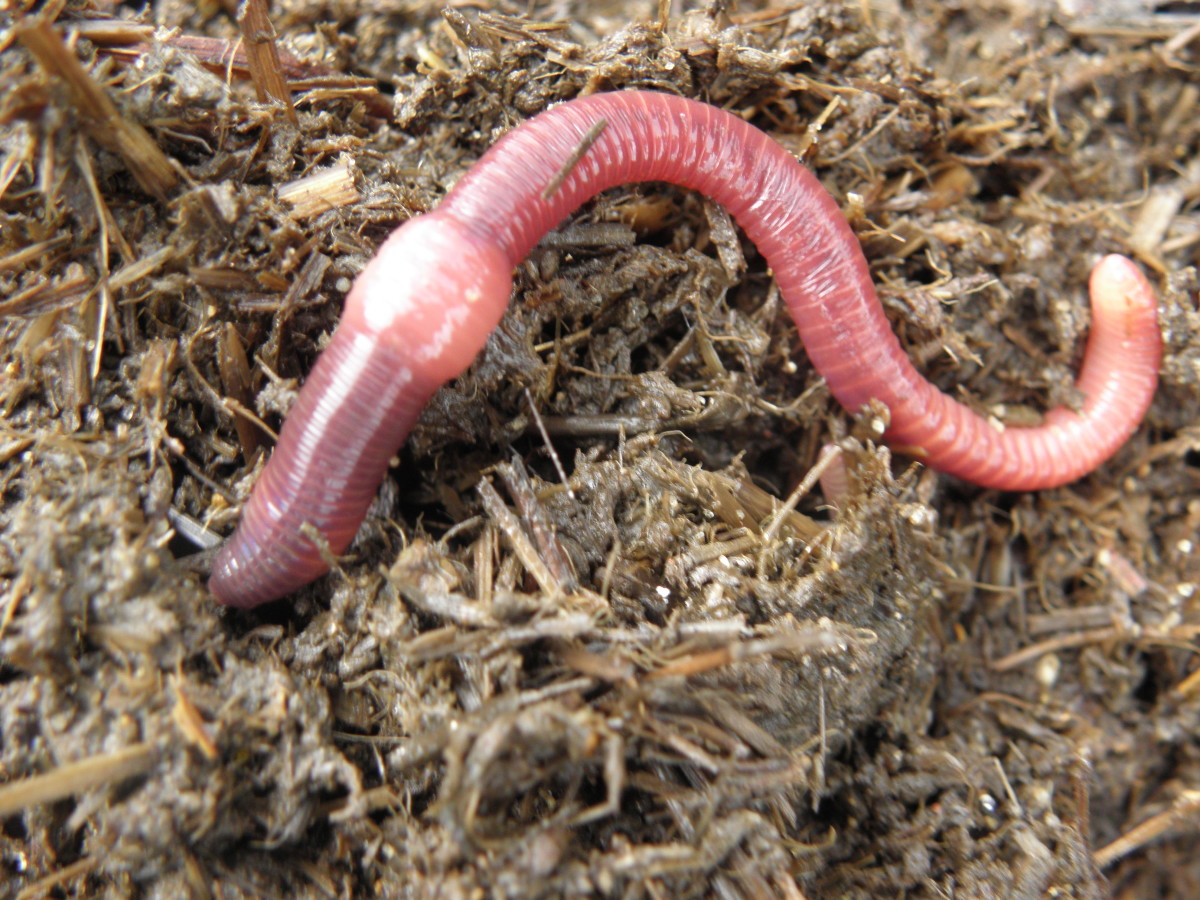The Ultimate Red Wiggler Composting Checklist for Successful Vermiculture
The Ultimate Red Wiggler Composting Checklist for Successful Vermiculture
Blog Article
Understanding the Advantages of Red Wiggler Composting: Just How This Efficient Method Transforms Organic Waste Into Nutrient-Rich Dirt Amendments
Red Wiggler composting, employing the types Eisenia fetida, presents a compelling approach to natural waste management, transforming kitchen scraps and backyard debris right into beneficial soil amendments. This method not just improves dirt fertility however likewise addresses pressing ecological issues, including landfill waste decrease and greenhouse gas emissions. As we explore the details of this procedure, the diverse benefits it uses may expose unanticipated understandings into sustainable techniques and ecological balance. Understanding these measurements may motivate a reevaluation of just how we perceive waste and its possible contributions to a much healthier earth.
What Are Red Wigglers?
Red wigglers, scientifically understood as Eisenia fetida, are a species of earthworm that play a crucial function in vermicomposting systems. These worms are identified by their reddish-brown shade, fractional bodies, and an unique capacity to prosper in organic-rich atmospheres, making them suitable for composting applications - Red Wiggler Composting. Unlike their garden-dwelling equivalents, red wigglers like to occupy the top layers of dirt, where decomposing matter is plentiful
Usually measuring in between 3 to 4 inches in size, red wigglers have a high reproductive price, enabling them to multiply quickly under optimal problems. They possess a distinct gastrointestinal system that enables them to refine natural waste successfully, converting it right into nutrient-rich spreadings, which are very beneficial for plant development.
Their tolerance to differing wetness degrees and temperature ranges better improves their energy in vermicomposting configurations, making them a preferred option among composting lovers. Furthermore, red wigglers are cardiovascular microorganisms, which requires a well-aerated composting environment, ensuring reliable decay. Comprehending the organic characteristics and habits of red wigglers is important for maximizing their usage in sustainable waste management practices.

Benefits of Vermicomposting
Taking advantage of the power of vermicomposting offers a plethora of farming and ecological advantages. It considerably lowers organic waste in garbage dumps, thus decreasing methane emissions, a potent greenhouse gas. By drawing away food scraps and backyard waste to vermicomposting, we sustain a more lasting waste monitoring system.
Furthermore, vermicomposting enhances dirt wellness. The spreadings produced by red wigglers are abundant in crucial nutrients, microbes, and enzymes, boosting dirt structure and fertility. This nutrient-rich modification advertises durable plant development and boosts water retention, minimizing the demand for chemical fertilizers.
Additionally, vermicomposting fosters biodiversity in the soil community. The introduction of advantageous microbes from worm spreadings help in disease suppression and nutrient cycling, developing a healthier environment for plants.
Economically, vermicomposting lowers the costs connected with chemical inputs and waste disposal. Gardeners and farmers can grow premium fruit and vegetables at lower expenses, contributing to food safety and security and sustainability.
Just How to Begin Composting
Starting a composting venture can be a uncomplicated and fulfilling procedure. To start, choose an ideal location that is well-drained and gets partial sunshine. This will aid keep a balanced temperature level, crucial for the composting process. Next, choose a garden compost bin or create an assigned area in your yard, guaranteeing it is easily accessible for harvesting and adding materials garden compost.
Collect natural materials such as cooking area scraps, backyard waste, and shredded paper. Aim for a well balanced mix of 'environment-friendly' materials, high in nitrogen (e.g., fruit scraps, coffee premises), and 'brownish' materials, rich in carbon (e.g., dried leaves, cardboard) A ratio of about 2:1 green to brown products is perfect.
Begin layering your materials, guaranteeing adequate air blood circulation by transforming the heap frequently. This advertises cardio decomposition, decreasing odors and speeding up up the procedure. Display dampness levels; the compost ought to seem like a wet sponge but not overly damp.
Nutrient Account of Vermicompost
Composting, particularly with red wigglers, yields a nutrient-rich product known as vermicompost. Additionally, it provides trace elements like iron, calcium, and magnesium, promoting robust plant advancement and boosting soil health and wellness.
The microbial task existing in vermicompost further enhances its account, introducing helpful bacteria and fungis that promote nutrition schedule and uptake in plants. This organic part aids in subduing plant diseases and enhancing dirt framework, bring about enhanced water retention and oygenation.

Environmental Influence of Composting
The ecological influence of composting, especially through the usage of red wigglers, is complex and profound. This technique significantly reduces the quantity of organic waste sent out to landfills, which consequently minimizes greenhouse gas emissions, especially methane-- a my explanation potent contributor to environment change. By diverting organic materials from garbage dumps, red wiggler composting not just helps reduce environmental degradation yet additionally advertises sustainable waste administration practices.

Moreover, composting adds to carbon sequestration, as the process catches co2 from the atmosphere and stores it in the dirt. This natural process help in combating climate adjustment while improving the dirt - Red Wiggler Composting. Overall, red wiggler composting provides a viable, environment-friendly option for waste monitoring and environmental sustainability, promoting much healthier ecological communities and an extra lasting future
Verdict
Finally, Red Wiggler composting functions as an efficient technique for transforming natural waste right into valuable soil amendments. The procedure not just boosts dirt fertility and framework yet likewise reduces environmental issues related to garbage disposal. By using Eisenia fetida, this kind of vermicomposting adds to improved biodiversity and sustains lasting agricultural techniques. Inevitably, Red Wiggler composting plays a critical role in advertising healthier ecological communities and addressing the challenges of climate adjustment.
Red Wiggler composting, employing the varieties Eisenia fetida, provides a compelling strategy to natural waste administration, transforming kitchen scraps and lawn debris into valuable dirt modifications. Unlike their garden-dwelling counterparts, red wigglers choose to live in the top layers of dirt, where rotting issue is plentiful.
The spreadings created by red wigglers are abundant in necessary nutrients, microbes, and enzymes, boosting soil structure and fertility. The nutrient-rich byproducts of red wiggler task boost dirt structure, increase water retention, and advertise biodiversity within the soil community.In final thought, Red Wiggler composting offers as a reliable technique for transforming organic waste right into beneficial dirt amendments.
Report this page